Family Travel Health Tips: How to Keep Your Kids Safe
Illness or injury can soon turn a much longed-for family trip into an ordeal. Nomad Joanna Tovia explains how to stay happy and well on the road.
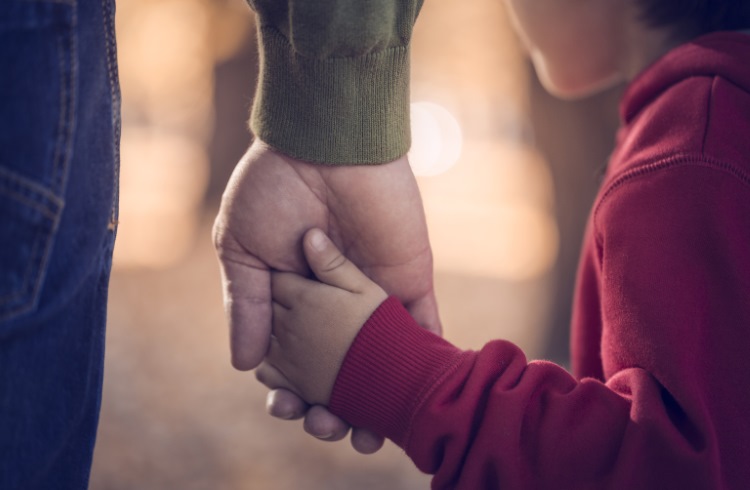 Photo © Getty Images / hoozone
Photo © Getty Images / hoozone
The sickening fear of a missing child is not something any parent willingly recollects. My own throat tightens at the memory of my high-spirited toddler disappearing from sight in an overseas shopping mall, and the frantic efforts to locate her – only to spot her in the crowd what seemed like hours later, clutching a stolen toy. The relief is enough to take your breath away.
As wonderful as it can be, travel comes with its own set of dangers. If you’re an eternal optimist like me, you may need to keep your positivity in check to optimize the health and safety of your family. Instead of winging it with a “what could possibly go wrong?” mentality, having a plan in place to prevent mishaps and illness – and what steps you’ll take if things do go wrong – can mean the difference between traveling safely and well and returning home from a trip you’d rather forget.
- Protecting kids from crime, injury, and other travel dangers
- Getting travel vaccinations for your family
- How to avoid food poisoning while traveling
Protecting kids from crime, injury, and other travel dangers
The precautions you’ve learned to take while traveling may not occur to your kids. I’ve been surprised how blissfully unaware my children are that their bags could be stolen or that they may be putting themselves in danger by straying too far from our sides.
If your gear is lost, stolen or damaged, learn how travel insurance may help.
Crossing roads in unfamiliar countries requires extra vigilance (pedestrian crossing rules vary, and it can be downright confusing when cars drive on the opposite side), as do crowded markets, busy visitor attractions, airports, and eateries.
Interacting with locals can be a trip highlight, so it’s a balance between teaching kids about stranger danger and encouraging them to converse. Boundary setting can give kids the reassurance they need to travel confidently rather than fearfully. Advise kids what to do if they get separated from you, and where you will agree to meet if separated. Consider having them carry a piece of paper with the name of your accommodation, or wear a GPS tracker for peace of mind.
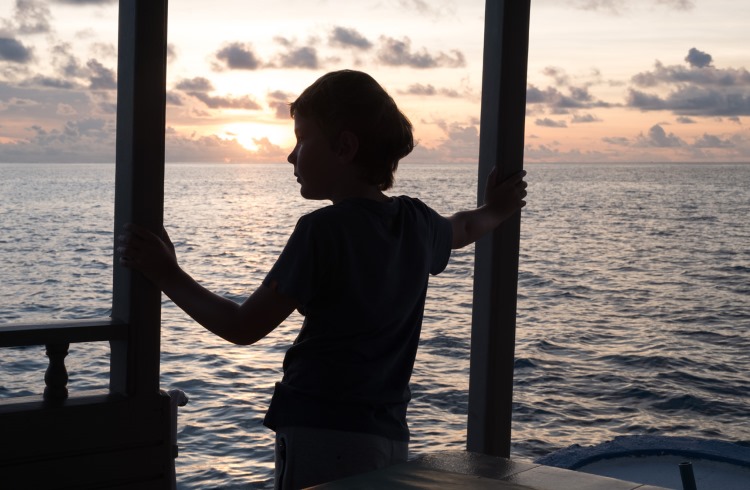
YTravel family travel blogger Caroline Makepeace, who has been on the road with her husband and two daughters for the past 13 years, advises seating children in the middle on flights to avoid the potential hazards of flailing limbs in the aisle and to stop children from wandering off when you take a mid-flight nap.
Makepeace advises taking your own child seat or safety restraint for car travel, child-proofing accommodation (remove chairs from balconies, lock the door so they can’t escape, secure items that can topple over and cause injury), and packing a medical kit.
Advance planning on daytrips to make sure kids have plenty of water, sun protection, and food is also vital to keep kids happy and feeling well. Children aren’t likely to alert you of impending dehydration or heat stroke, after all. If you’re breastfeeding, research cultural attitudes towards breastfeeding in public before doing so, and plan ahead if it’s likely to be a problem.
Getting travel vaccinations for your family
Safeguarding family members against illness and disease can be as easy as a jab or two before you leave home, but the mistake many people make is not allowing enough time before departure. For protection against Hepatitis A, for example, a six-month gap is required between each of the two shots for long-term immunity. In healthy travelers who don’t have this kind of lead time, the World Health Organization says the first shot should provide adequate protection – it just won’t last as long.
Vaccine-preventable diseases range from yellow fever and influenza, to rabies and cholera, but which vaccinations you need will depends on where you plan to travel and how old your children are. Babies over six months old can have a flu injection, for example, but typhoid vaccinations must not be given to babies under two years old. Specialized travel health services can advise on which vaccinations your family needs and when.
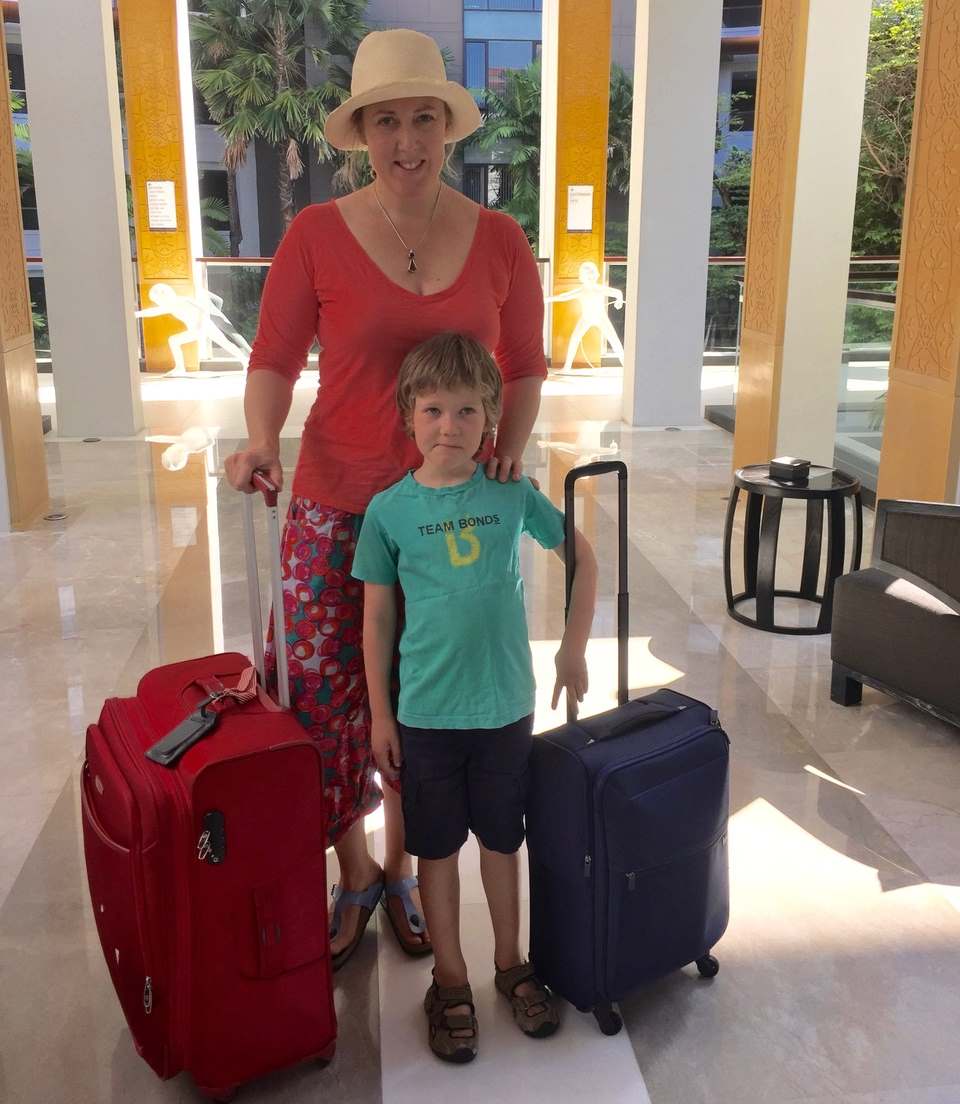
Some countries may still require a negative COVID-19 test and/or proof of vaccination for you to be able to enter without quarantining. It’s up to you to keep up with the latest requirements of your destination country as well as what needs to happen when you return home. Vigilance is also required to stay safe during your travels.
How to avoid food poisoning while traveling
Nothing takes the shine off a trip like a case of diarrhea and vomiting, no matter who in the family it affects. Washing your hands regularly is the best way to avoid gastro, but take more care than you would back home when it comes to eating and drinking, too.
The International Travel Vaccination Centre recommends taking a small water purifier to make water safe to drink, avoiding ice cubes, and ordering bottled drinks over those already poured – especially in countries where water- and food-borne illnesses are more common. You can also travel with bottles with water filtration built in, so you can safely fill up from any tap.
Eating freshly cooked food is best. If you fancy some fruit, choose a piece you can peel yourself before eating it. High-risk foods include raw, undercooked, or reheated food, salads and cold meats, ice cream, and unpasteurized dairy products.
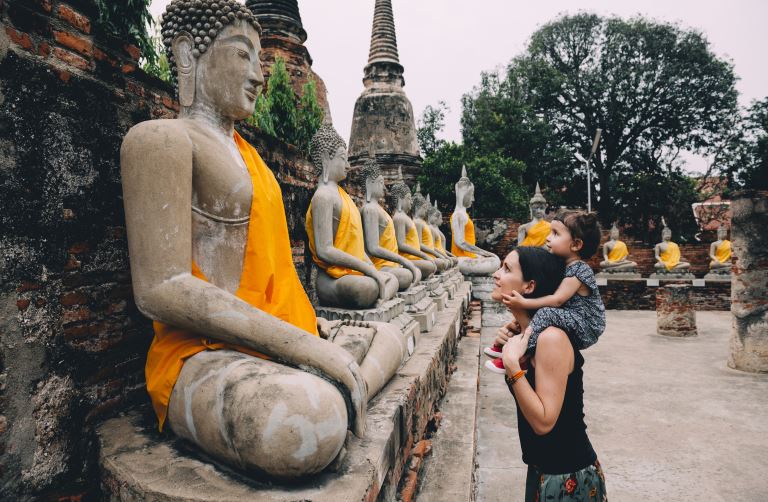
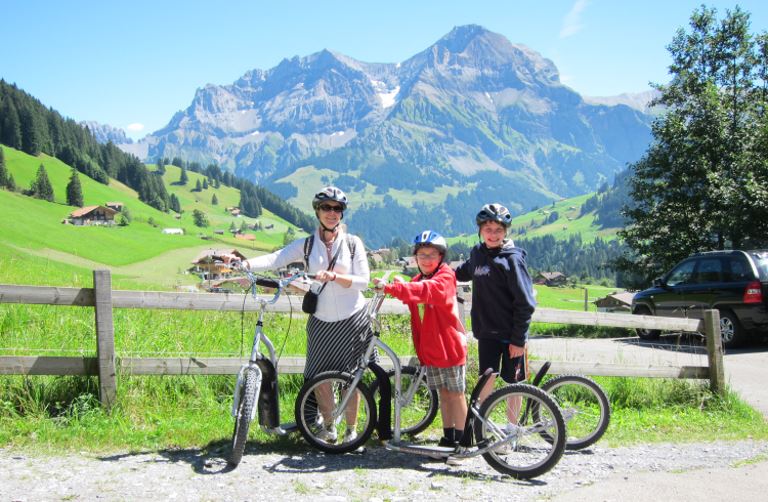
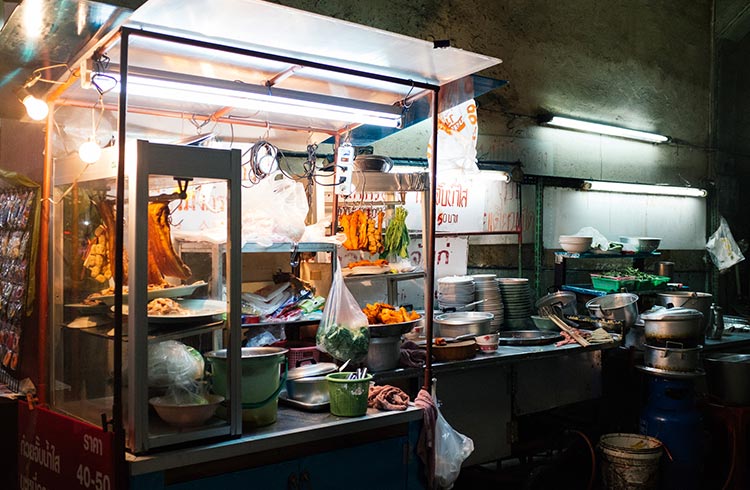
1 Comment
Are you covered for COVID-19.Best Tony.